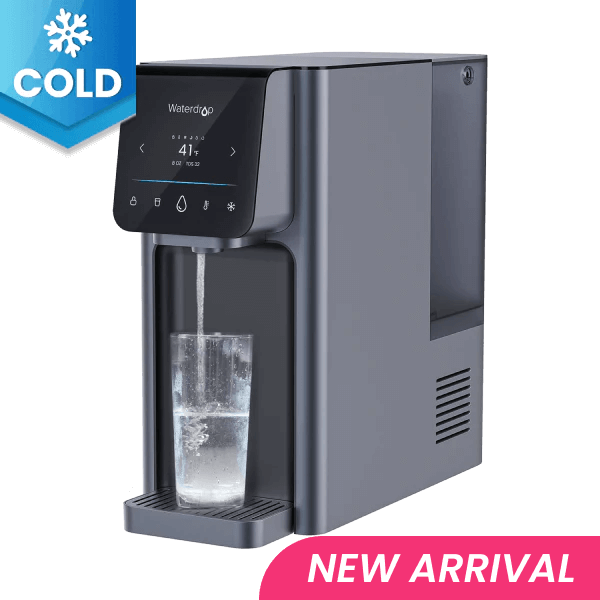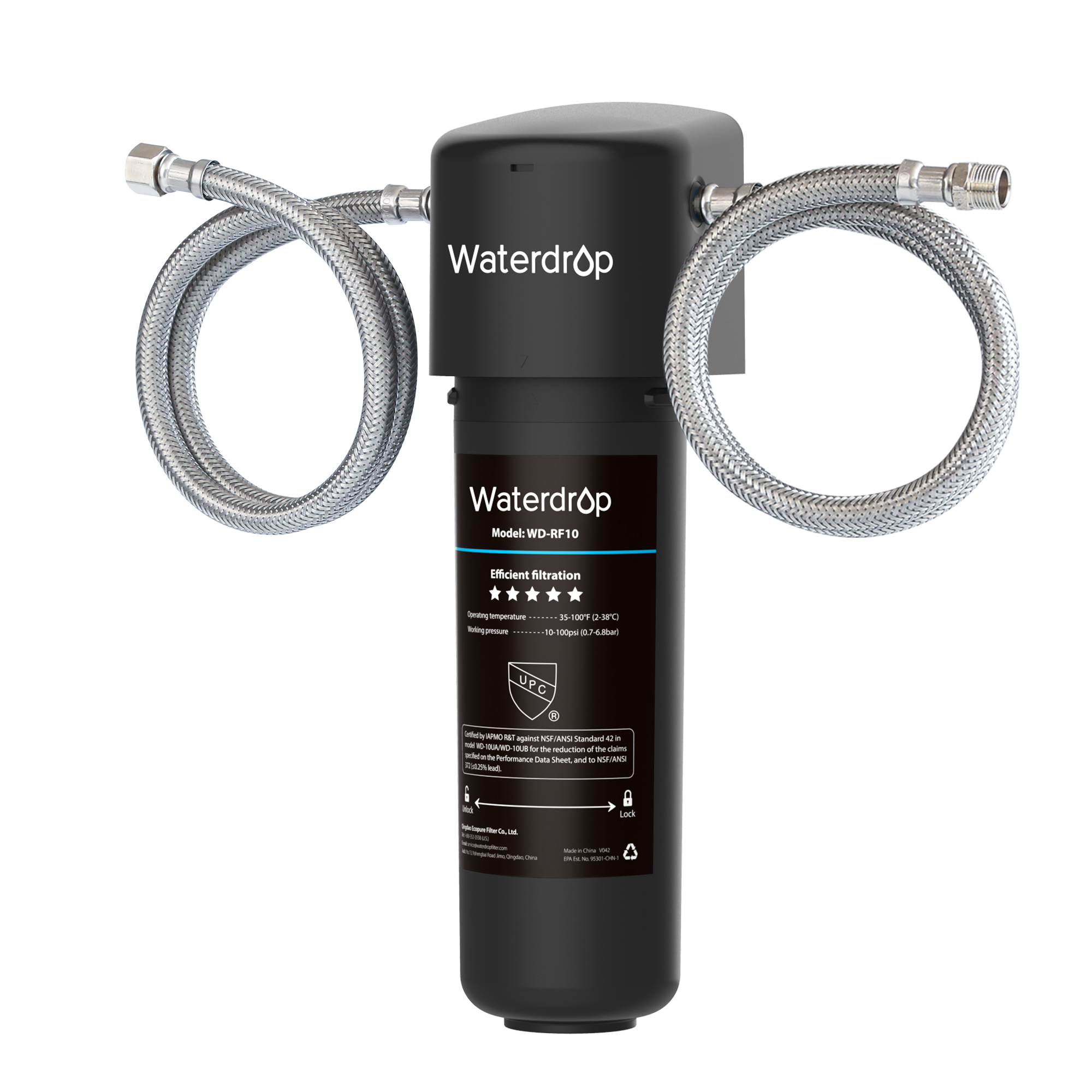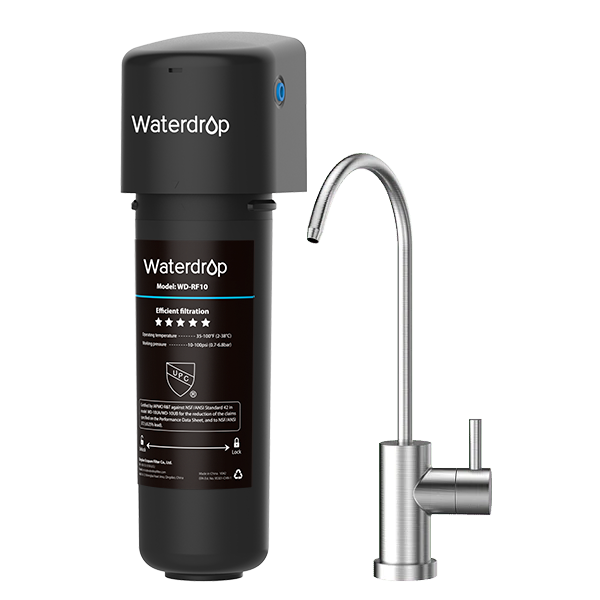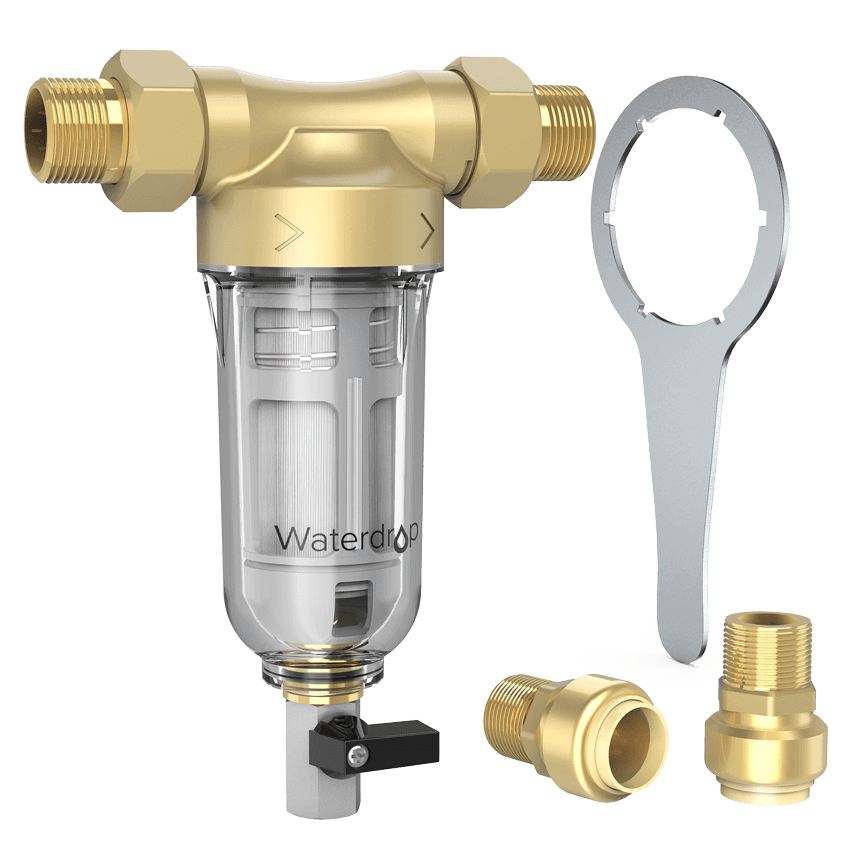What Is Groundwater Contamination and How Do You Remediate It?
by Dr. Jonathan Doyle - Updated April 8, 2022
Over 50% of the United States population depends on groundwater for drinking water. Groundwater is also one of our most important sources of water for irrigation. In other parts of the world, such as countries in Africa and Asia, groundwater provides drinking water for an even greater percentage of people. Unfortunately, groundwater is susceptible to pollutants.
What Is Groundwater?
Groundwater is the water present beneath Earth's surface in rock and soil pore spaces and in the fractures of rock formations. About 30 percent of all readily available freshwater in the world is groundwater. Groundwater in a broad sense refers to the water that occurs in soil and rock voids below the ground.
Groundwater often has the characteristics of good water quality, wide distribution, and easy exploitation. It is an important source of drinking water, industrial and agricultural production water.

What Is Groundwater Contamination?
Groundwater contamination is almost always the result of human activity. Groundwater is particularly vulnerable in areas with high population density and intensive human use of land. In fact, any activity that intentionally or unintentionally releases chemicals or wastes into the environment has the potential to contaminate groundwater. When local water is contaminated, it is difficult and expensive to clean up.
To begin addressing groundwater contamination remediation, we must understand the interrelationship between surface water and groundwater. Groundwater and surface water are interrelated and can only be fully understood and intelligently managed if this fact is acknowledged. If there is a water supply well near the source of pollution, then that well is at risk of contamination. If there is a river or stream nearby, the body of water may also be contaminated by groundwater.
What Are the Sources of Groundwater Contamination?
The sources of pollutants that cause groundwater pollution are called pollution sources. The groundwater can be contaminated by both natural occurring sources and human activities.

Human activities pollution sources include industrial pollution sources, agricultural pollution sources and domestic pollution sources. Such as the discharge and accumulation of various waste water, waste gas and waste residues generated in the process of mining, oil and gas field exploitation and industrial production, fertilizers and pesticides applied in agricultural production, sewage (or reclaimed water) irrigation, leakage of municipal sewage pipe network, landfill leakage, etc.
With the intensification of soil and surface water environmental pollution, a large amount of polluted soil (layers) and polluted rivers and lakes have become continuous sources of groundwater pollution, making groundwater pollution and soil and surface water pollution inextricably linked.
What Are the Natural Contaminants in the Groundwater?
Here are some natural contaminants in the groundwater.
Nitrate
Nitrate occurs in mineral deposits, soil, seawater, freshwater, the atmosphere and biota naturally.
It is one of the most common groundwater contaminants in California, leaching into the soil and from there into the water supply from various sources.
Mercury
Mercury occurs in Earth’s crust on the average of about 0.08 gram (0.003 ounce) per ton of rock.
Mercury exposure mainly occurs through the consumption of fish and shellfish contaminated with methyl mercury and through worker inhalation of elemental mercury vapors during industrial processes. Cooking does not eliminate mercury. The inhalation of mercury vapour can produce harmful effects on the nervous, digestive and immune systems, lungs and kidneys, and may be fatal.
Lead
Lead is a type of metal that naturally occurs in in the nature. Too much lead consumption could do harm to your brain, kidney, and liver especially to kids.

What Are the Side Effects of Groundwater Contamination?
The tap water is yellow and mixed with impurities. The kettle will burn such water for a long time, and there will be thick scale at the bottom; the well water in some rural areas is no longer sweet and clear, but is turbid and slightly bitter, and even has a peculiar smell. These are groundwater pollution in obvious manifestations in life.
The groundwater circulation is slow, the self-purification ability is weak, and the pollution situation is not easy to improve. About 61% of urban residents in my country use groundwater as their drinking water source; 65% of domestic water, 50% of industrial water and 33% of agricultural irrigation water in northern regions come from groundwater. Once the groundwater is polluted, all aspects of life will be endangered.
Here are more details.
Damage Your Body Health
people drink polluted groundwater will directly harm health, fluoride, chloride, etc. in the water will make human organs diseased and induce various cancers; long-term drinking of water with excessive pollutants such as sulfate will lead to heart disease The probability of cerebrovascular, hearing, vision, and reproductive system diseases doubles; excessive heavy metals such as arsenic, chromium, lead, and mercury can cause neurological diseases, digestive system diseases, and even cancer.
Affect the Quality of Agricultural and Livestock Products
Long-term use of polluted groundwater to irrigate farmland will make the soil agglomerated and hard, making it impossible to cultivate; crops will reduce production, die, and even affect human health due to the absorption of chloride ions and sulfates, and even affect human health; livestock drinking polluted water, Its meat quality and safety cannot be guaranteed; since groundwater will recharge surface water during the dry season, groundwater containing pollutants can also threaten the survival of aquatic organisms.

Influence the Industrial Production
Pollution will also increase the hardness of groundwater, increase equipment consumption during the production process, and easily produce defective products. Therefore, enterprises often need to soften water with strong hardness. But this step increases production costs.
How to Prevent Groundwater Contamination?
Following are things we can do to prevent and reduce groundwater contamination.
Reduce Chemical Use
Use fewer chemicals around your home and yard, and make sure to dispose of them properly - don't dump them on the ground.
Manage the Waste
Properly dispose of potentially toxic substances like unused chemicals, pharmaceuticals, paint, motor oil, and other substances. Many communities hold household hazardous waste collections or sites - contact your local health department to find one near you.
Grow Native Plants
Use native plants in your landscape. They look great, and don't need much water or fertilizer. Also choose grass varieties for your lawn that are adapted for your region's climate, reducing the need for extensive watering or chemical applications.
Periodically Test Soil and Groundwater
Contamination can often remain undetected for long periods of time. This makes cleanup of a contaminated water supply difficult, if not impossible. If a cleanup is undertaken, it can cost thousands to millions of dollars. Contact a professional to schedule soil and groundwater testing on a regular basis.
Irrigation Management
Irrigation increases the chance that pesticides will migrate to groundwater and surface water. Irrigating saturated soils or irrigating at a rate that exceeds the infiltration rate of soil promotes runoff that can carry pesticides with it. This is of particular concern in areas where frequent irrigation is necessary because of coarse-textured soils. Proper irrigation management is critical to minimize the risk of pesticides moving to groundwater.
How Is Contaminated Groundwater Remediated?
Groundwater remediation is the process that is used to treat polluted groundwater by removing the pollutants or converting them into harmless products.

Physical
The most basic type of groundwater remediation, uses air to strip water clean (air sparging). Another method, called pump and treat, physically removes the water from the ground and treats it by way of biological or chemical means. Both of these methods have proven successful in treating contaminated groundwater.
Biological
This method uses organic matter, microorganisms and plants to clean contaminated water. Bioaugmentation, bioventing, and biosparging are three ways to use biological material to break down certain chemicals and compounds industrial waste in groundwater. Biological methods are convenient because the contaminated water may not even need to be removed to be treated.
Chemical
This method may take longer to execute and can be costly, but still may be the only option on certain contaminants. Carbon absorption, ion exchange, chemical precipitation, and oxidation are all ways to achieve clean groundwater by way of chemical remediation.
These are the most commonly used groundwater remediation methods, and of course there are reasons to choose one method over another. The goal for all of them is the same – remove contaminants and leave behind clean, potable drinking water.
How to Get Safe Water at Home?
Groundwater contamination remediation is of course very important, if you want to get further protection, it is also necessary to take some measures at home.
Boiling
Boiling is the easiest way to purify water by yourself. All bacterial propagules can be killed by boiling at 100℃ for 5min. Generally, it is advisable to boil for 10 minutes for disinfection. However, boiling cannot remove the heavy metal from water.
Distillation
Distillation includes two parts. The combined operation of heating a liquid to boiling turns the liquid into a vapor, and then allowing the vapor to cool and condense into a liquid, the combined operation of these two processes is called distillation. Check here to learn about distilled water.
Ultrafiltration
Ultrafiltration (UF) is a physical process where a contaminated fluid is passed through a semipermeable membrane by pressure. The retained contaminants have a molecular weight higher than the membrane pore size. Its pore size ranging between 0.01 to 0.1 micron, which greatly reduce viruses, bacteria, and other impurities from water.
Reverse Osmosis
Reverse Osmosis (RO) is a water treatment process that removes contaminants from water by using pressure to force water molecules through a semipermeable membrane. During this process, the contaminants are filtered out and flushed away, leaving clean, delicious drinking water. The RO membrane has a minimum pore size of about 0.1 nm, which is smaller than the ultrafiltration membrane.
Waterdrop Tankless RO System with UV Sterilizing Light
Waterdrop G3P800 reverse osmosis system is the upgrade version of Waterdrop’s star product G3. It satisfies water needs for large household and small business. Check here to learn more about Waterdrop G3.
Waterdrop G3P800 has advanced 3-stage filter and 7-layers of reverse osmosis, which helps to reduce chlorine, heavy metals and other impurities. Besides, this RO system also equipped with UV sterilization, providing you double protection.
Conclusion
Protecting the environment and water our duty. Preventing your families from contaminated water is your responsibility too. Waterdrop would like to work with you side buy side to addressing water related problem, offering qualified home water top your family.































































